
Aua: The Hidden Gem of American Samoa
Discover Aua, American Samoa's best-kept secret, where stunning coastal landscapes, rich cultural heritage, and warm hospitality await you.
Nestled on the eastern side of Tutuila Island, Aua is a quaint village in American Samoa that offers a peaceful retreat away from the hustle and bustle of city life. With its lush landscapes, rich cultural heritage, and welcoming community, Aua is a perfect destination for those looking to immerse themselves in the natural beauty and traditions of the South Pacific. Aua is known for its stunning coastal scenery, featuring pristine beaches and crystal-clear waters ideal for snorkeling and swimming. The village is surrounded by verdant hills and tropical forests, making it a great spot for hiking and exploring local flora and fauna. The nearby Rainmaker Mountain provides a dramatic backdrop and is a popular spot for adventurous travelers. The village is also steeped in history and tradition. Visitors can learn about the local Samoan culture by engaging with the community, attending traditional ceremonies, and visiting historical sites such as the World War II relics scattered around the area. Aua's friendly residents are always eager to share their way of life, making it a truly enriching experience for any visitor.
Local tips in Aua
- Visit during the dry season (May to October) for the best weather and outdoor activities.
- Bring cash as ATMs may not be readily available in the village.
- Respect local customs and traditions; always ask for permission before taking photographs of people or private property.
- Try local delicacies like palusami (taro leaves cooked in coconut milk) and oka (marinated raw fish).
- Consider hiring a local guide to explore the hidden gems and learn more about the area's history and culture.
Aua: The Hidden Gem of American Samoa
Nestled on the eastern side of Tutuila Island, Aua is a quaint village in American Samoa that offers a peaceful retreat away from the hustle and bustle of city life. With its lush landscapes, rich cultural heritage, and welcoming community, Aua is a perfect destination for those looking to immerse themselves in the natural beauty and traditions of the South Pacific. Aua is known for its stunning coastal scenery, featuring pristine beaches and crystal-clear waters ideal for snorkeling and swimming. The village is surrounded by verdant hills and tropical forests, making it a great spot for hiking and exploring local flora and fauna. The nearby Rainmaker Mountain provides a dramatic backdrop and is a popular spot for adventurous travelers. The village is also steeped in history and tradition. Visitors can learn about the local Samoan culture by engaging with the community, attending traditional ceremonies, and visiting historical sites such as the World War II relics scattered around the area. Aua's friendly residents are always eager to share their way of life, making it a truly enriching experience for any visitor.
When is the best time to go to Aua?
Iconic landmarks you can’t miss
Papaseea Sliding Rocks
Experience the thrill of sliding down natural rock formations into crystal-clear pools at Papaseea Sliding Rocks in Samoa, a must-visit adventure destination.
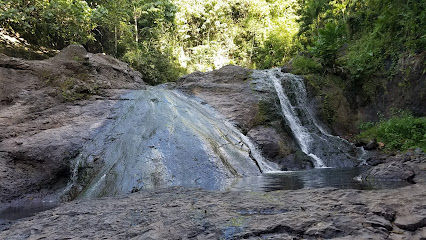
KS Mart
Experience local flavors and convenience at KS Mart, your go-to grocery store in Tafuna, American Samoa.
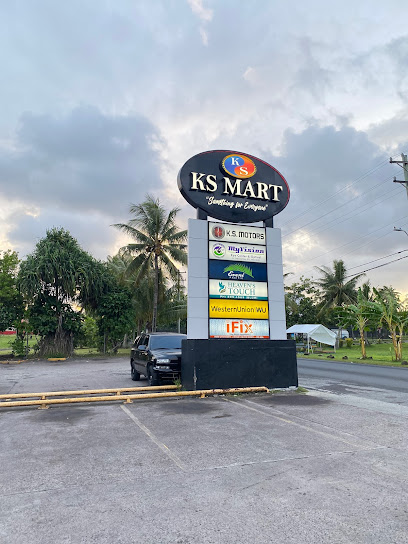
Laufou Shopping Center
Explore Laufou Shopping Center in Nu'uuli for an unforgettable mix of shopping, dining, and cultural experiences in American Samoa.
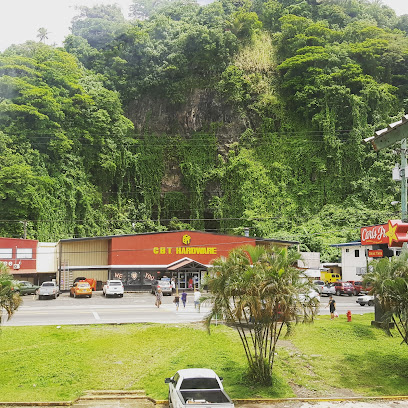
National Park of American Samoa
Explore the breathtaking landscapes, unique wildlife, and rich cultural heritage at the National Park of American Samoa, a hidden paradise for nature lovers.
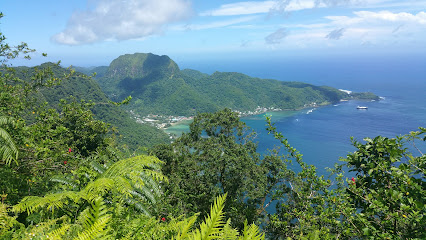
Tisa's Barefoot Bar
Discover the taste of the Pacific at Tisa's Barefoot Bar, where fresh seafood meets stunning ocean views in a truly laid-back island atmosphere.
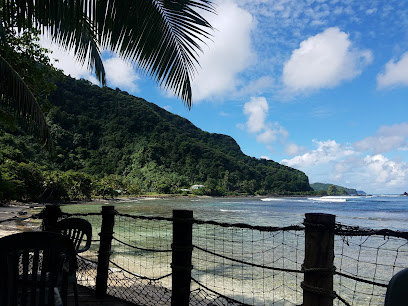
DDW Restaurant
Explore the vibrant culinary scene of Utulei at DDW Restaurant, where fresh local ingredients meet stunning Pacific views.
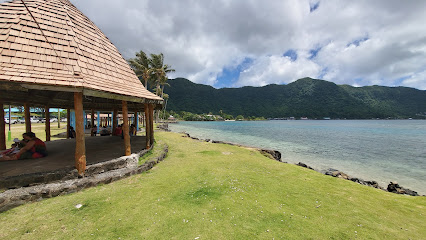
National Park of American Samoa Visitor Center
Explore the vibrant ecosystems and cultural heritage at the National Park of American Samoa Visitor Center, your gateway to adventure in paradise.
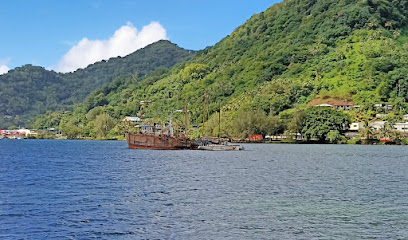
Pritchard's Bakery
Experience the delightful flavors of Leone at Pritchard's Bakery, where every bite tells a story of local culture and tradition.
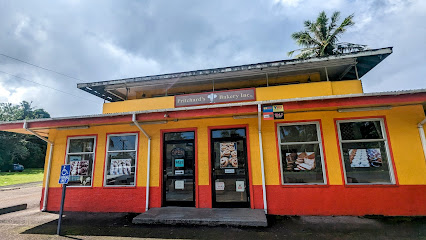
Milovales Burgers and Fish & Chips
Savor the freshest burgers and fish & chips at Milovales in Nu'uuli, American Samoa - a fast food gem bursting with local flavors and hospitality.
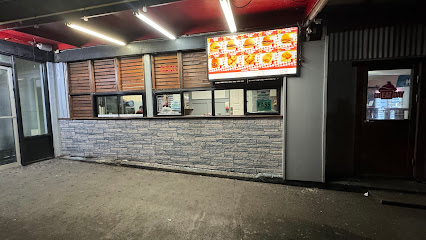
T J D - Pho Vietnamese Restaurant
Experience authentic Vietnamese cuisine at T J D - Pho Vietnamese Restaurant in Malaeimi, where every dish tells a story of rich flavors and tradition.
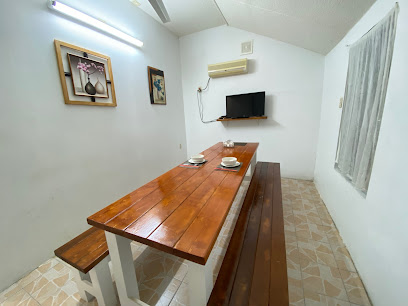
Veterans Memorial Stadium
Experience the vibrant atmosphere of Veterans Memorial Stadium, a key venue for sports and cultural events in Tafuna, American Samoa.
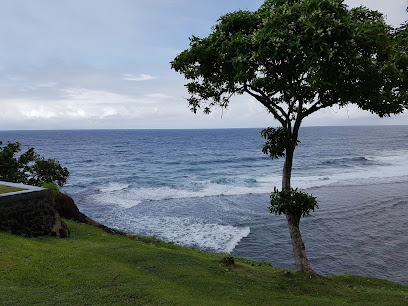
American Samoa Visitors Bureau (ASVB)
Discover the beauty and culture of American Samoa at the American Samoa Visitors Bureau, your essential travel resource in Pago Pago.
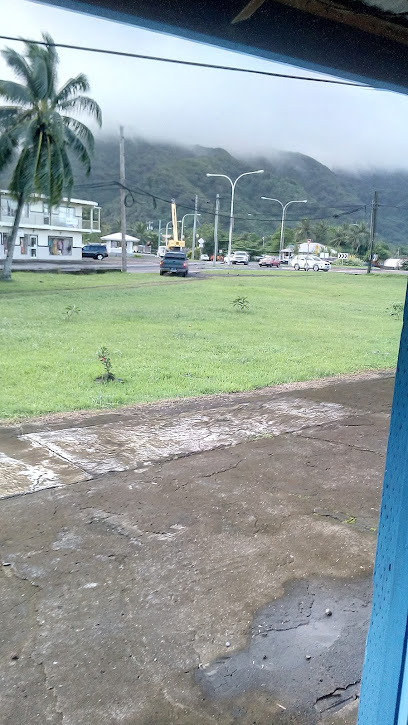
Moana O Sina
Discover tranquility at Moana O Sina, a charming hotel in Ili'ili that offers stunning views and close proximity to local attractions in Samoa.
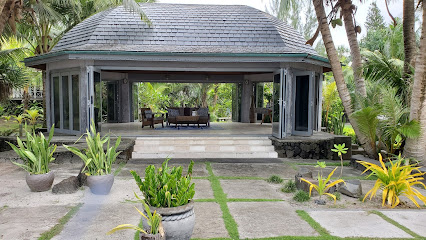
Jean P Haydon Museum
Explore the vibrant heritage of American Samoa at the Jean P Haydon Museum, where history, culture, and tradition come alive.
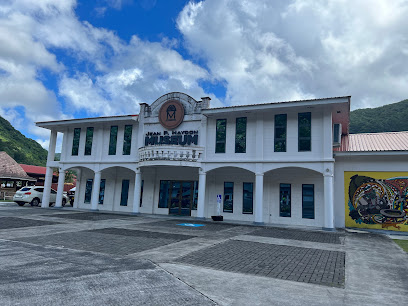
Sadies Thompson Inn
Discover the charm of Sadies Thompson Inn, a cozy hotel in Pago Pago offering stunning views and local hospitality in the heart of American Samoa.
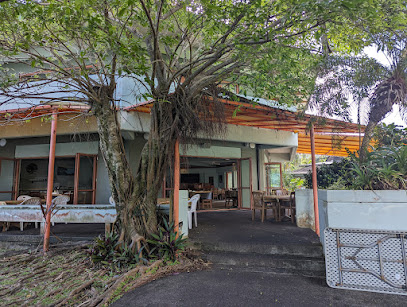
Unmissable attractions to see
National Park of American Samoa Visitor Center
Explore the gateway to the captivating natural beauty and rich cultural heritage of American Samoa at the National Park of American Samoa Visitor Center.
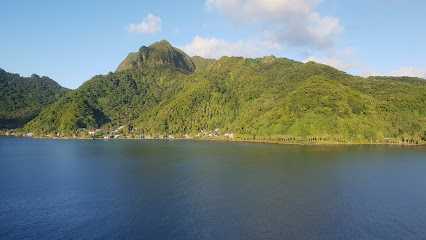
Jean P Haydon Museum
Explore the vibrant heritage and culture of American Samoa at the Jean P. Haydon Museum, a must-visit for history enthusiasts.
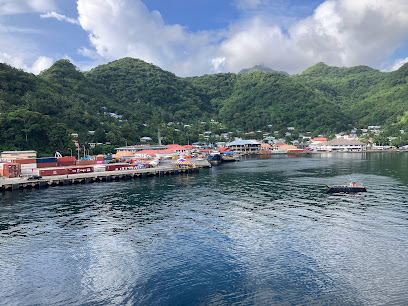
Blunts Point Battery
Explore Blunts Point Battery, a historical WWII site in American Samoa, surrounded by stunning landscapes and rich military heritage.
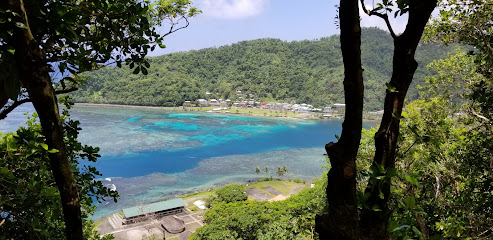
Blunts Point Trail
Discover the stunning landscapes and serene atmosphere of Blunts Point Trail, a must-visit hiking destination in Utulei, Eastern District.

Tia Seu Lupe
Discover Tia Seu Lupe in Tafuna, a historical site rich in culture and architectural beauty, perfect for history enthusiasts and travelers alike.
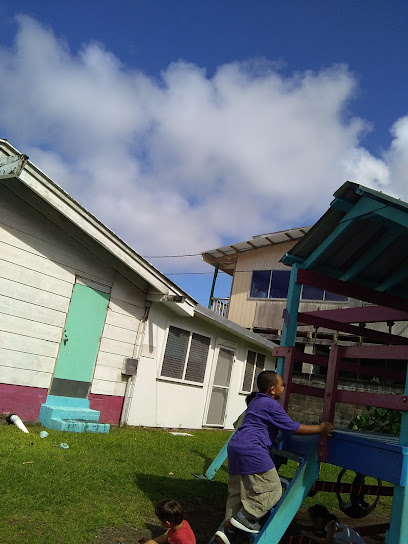
Fagatele Marine Sanctuary
Explore the breathtaking underwater world and serene landscapes of Fagatele Marine Sanctuary, a nature preserve in American Samoa perfect for adventure and relaxation.
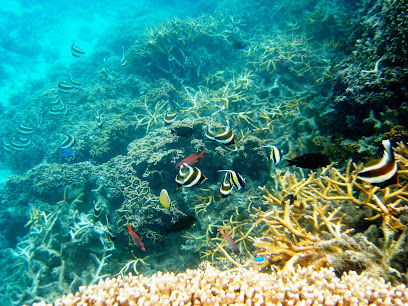
Breakers Point Trail
Discover the unrivaled beauty of Breakers Point Trail in Lauli'i, where breathtaking coastal views meet lush landscapes in a hiking paradise.
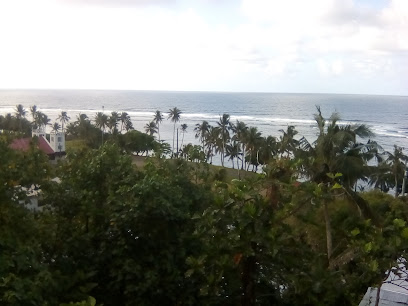
Essential places to dine
McDonald's
Discover the taste of convenience at McDonald's in Tafuna - where global favorites meet local charm!
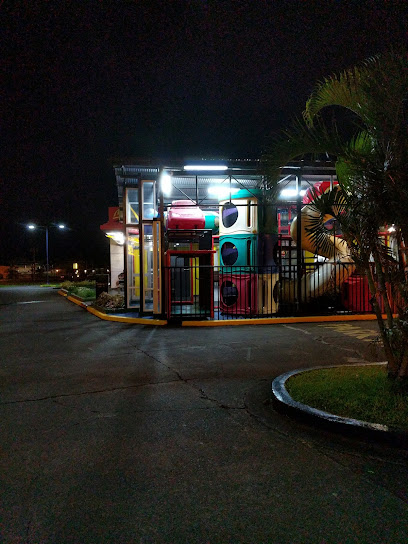
Tisa's Barefoot Bar
Discover tropical bliss at Tisa's Barefoot Bar in Alega—where stunning views meet delicious local cuisine.
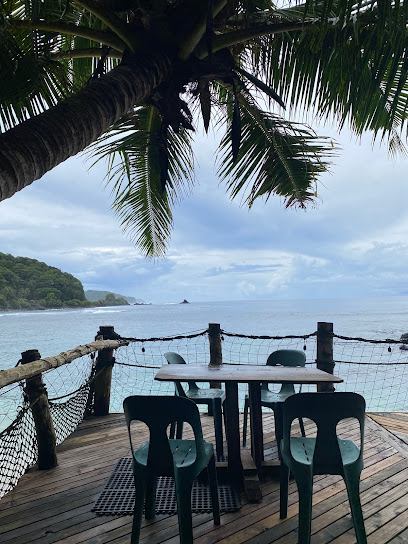
DDW Restaurant
Experience the authentic tastes of Utulei at DDW Restaurant, where fresh ingredients meet local culinary traditions.
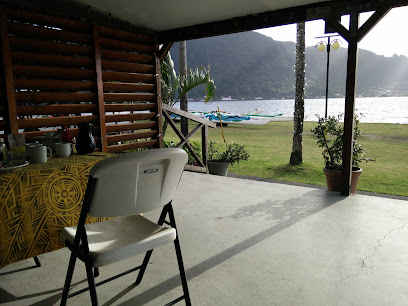
The Koko Bean Cafe
Experience authentic Samoan cuisine at The Koko Bean Cafe in Nu'uuli - where every bite tells a story.
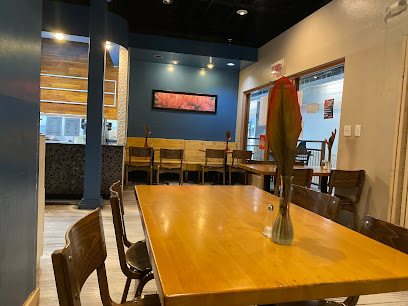
Carl's Jr.
Experience the taste of America at Carl's Jr., where delicious fast food meets island hospitality in beautiful Pago Pago.

Paradise Pizza
Experience mouthwatering pizzas at Paradise Pizza in Pago Pago - where fresh ingredients meet local flavors.
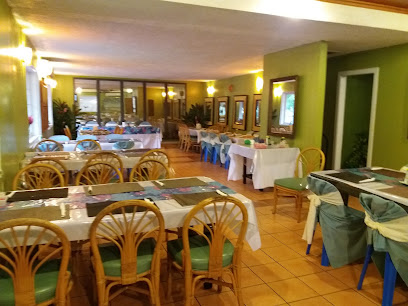
Cecilias Restaurant & Bar
Discover authentic Samoan cuisine at Cecilia's Restaurant & Bar in Pago Pago - where local flavors meet warm hospitality.
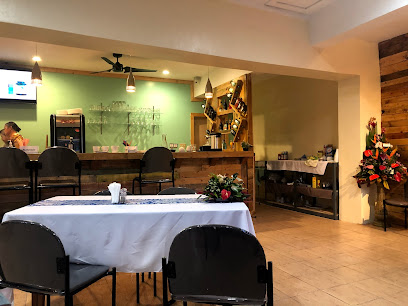
Milovales Burgers and Fish & Chips
Discover the ultimate fast food experience at Milovales Burgers and Fish & Chips in Nu'uuli – where delicious burgers meet crispy fish delights!
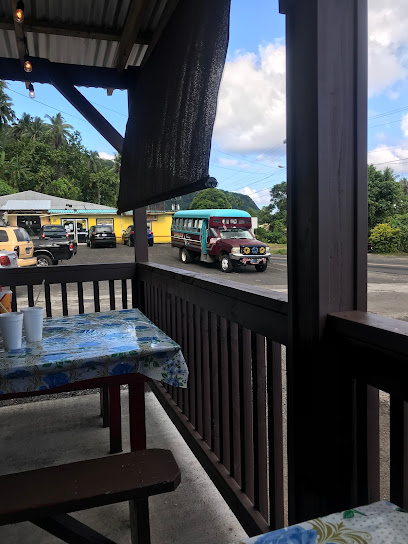
Tropical Chicken and Pizza
Savor delicious pizzas with a tropical twist at Tropical Chicken and Pizza in beautiful Pago Pago.
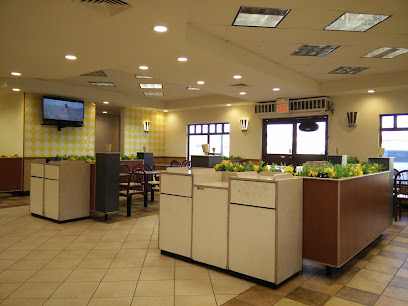
Oasis
Experience authentic Korean flavors at Oasis in Tafuna - a must-visit culinary destination for all tourists.
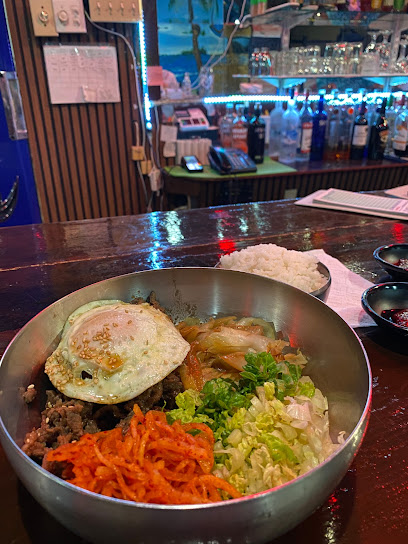
Dickies Diner
Experience authentic island flavors at Dickies Diner - your go-to spot for fast food in Tafuna!

Manuia Restaurant
Experience the best of Korean cuisine at Manuia Restaurant in Tafuna – where tradition meets flavor in every dish.
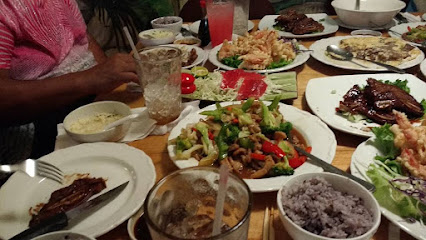
Nina’s Restaurant
Discover delectable dishes at Nina’s Restaurant in Tafuna - where local flavors meet warm hospitality.
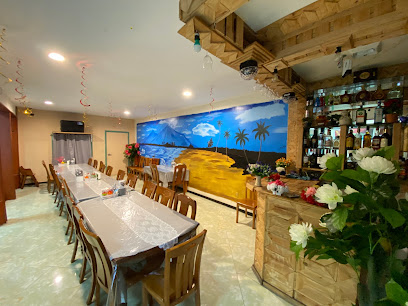
Mama's Kitchen
Discover authentic Samoan flavors at Mama's Kitchen in Nu'uuli – where every dish tells a story!
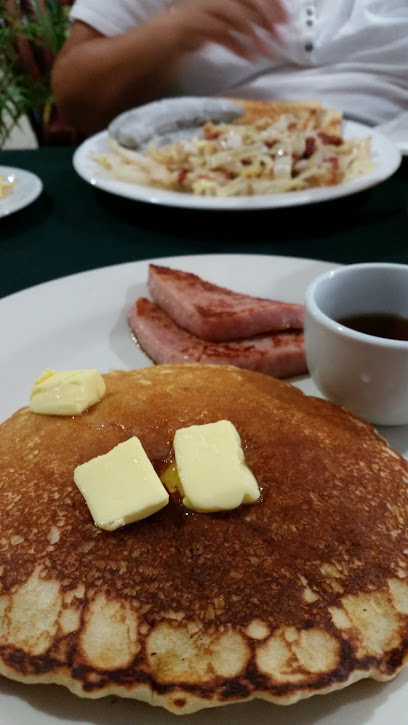
Manu's Pizza
Experience authentic flavors at Manu's Pizza in Tafuna - your ultimate destination for delicious takeout pizza!
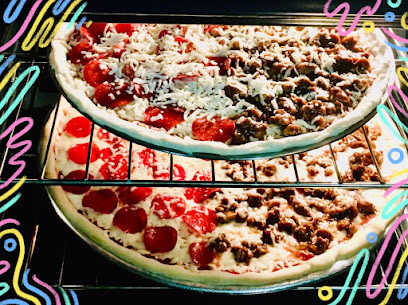
Markets, malls and hidden boutiques
Laufou Shopping Center
Explore the Laufou Shopping Center in Nu'uuli for a unique shopping experience, local cuisine, and a taste of Samoan culture.

Cost.U.Less
Discover the vibrant local flavors and shopping experience at Cost.U.Less in Pago Pago, your gateway to American Samoa's culinary delights.
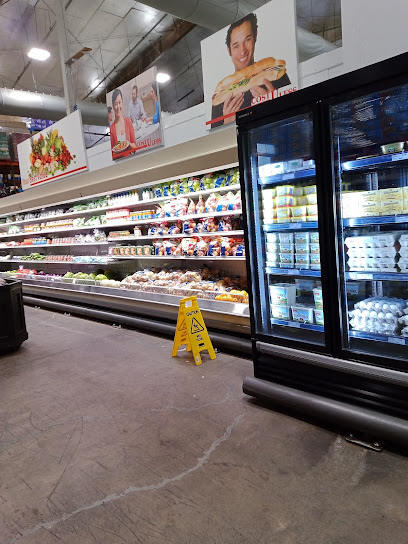
Samus Ice Cream
Experience the refreshing flavors of Samus Ice Cream, a local favorite in Utulei, offering delicious treats that capture the essence of tropical paradise.
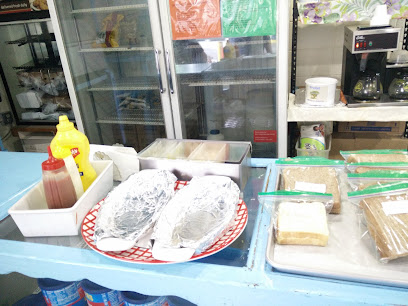
US AAFES American Samoa Post Exchange
Explore the US AAFES American Samoa Post Exchange: Your one-stop shop for American brands and local specialties in the heart of Tafuna.
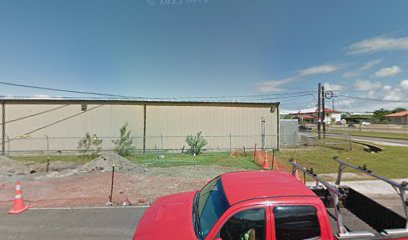
Manu'a Store
Explore unique home goods and local handicrafts at Manu'a Store in Nu'uuli, a charming spot for tourists seeking authentic souvenirs.
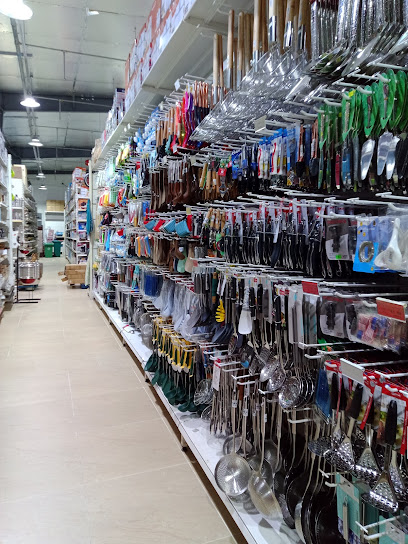
KT Mart
Explore KT Mart in Nu'uuli for a diverse selection of clothing that combines style, quality, and local flair, perfect for every traveler.
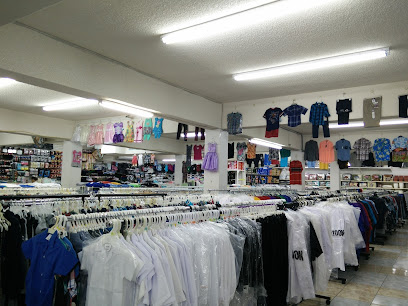
Skyview Incorporated
Discover the essence of American Samoa at Skyview Incorporated, where local flavors meet a welcoming grocery shopping experience.
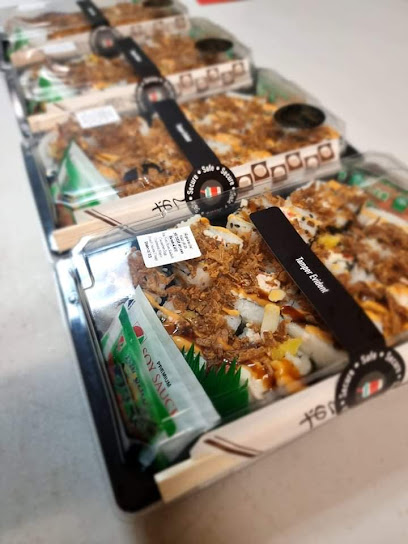
Tropik Traders
Explore Tropik Traders in Nu'uuli for unique clothing and accessories that capture the essence of local culture and style.
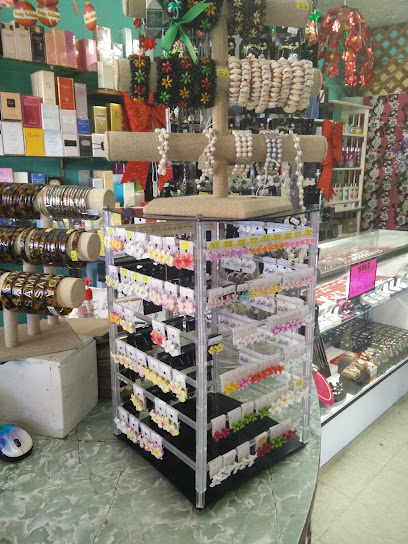
Shoe Tree
Explore the whimsical Shoe Tree in Nu'uuli, a unique landmark filled with colorful shoes and captivating stories, perfect for memorable photos.
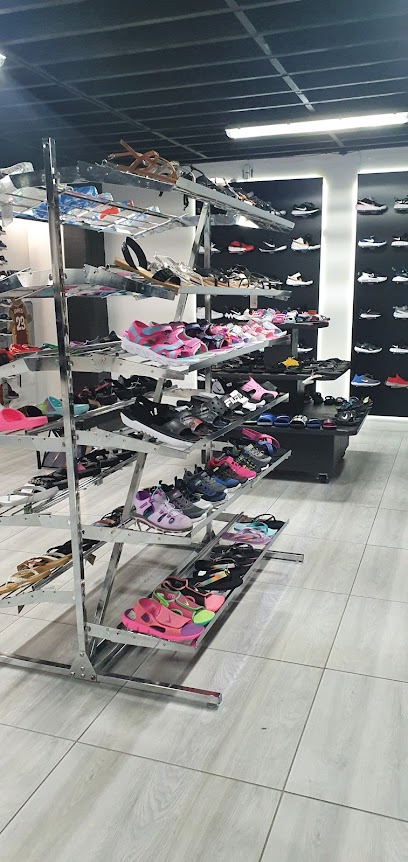
Aveina Brother's Inc.
Explore the vibrant offerings of Aveina Brother's Inc., your go-to supermarket in Matuu for local flavors and essentials.
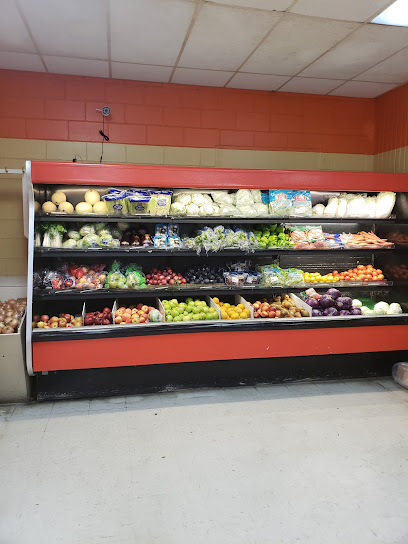
Family Mart
Discover convenience and local flavors at Family Mart, your go-to supermarket in Nu'uuli for all your grocery needs.
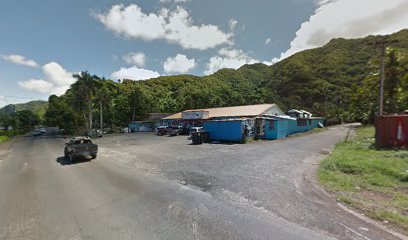
Tedi Of Samoa
Tedi Of Samoa: A vibrant shopping mall in Fagatogo offering a unique blend of local crafts, delicious food, and contemporary goods for every traveler.

Island Image Creations
Explore unique fabrics and sewing supplies at Island Image Creations, a vibrant sewing shop in Nu'uuli, perfect for all crafting enthusiasts.
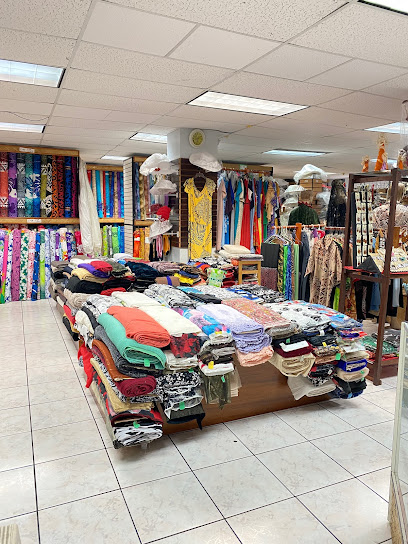
Pago Supermarket Store
Experience the vibrant flavors of American Samoa at Pago Supermarket, where fresh produce and local delicacies await your discovery.
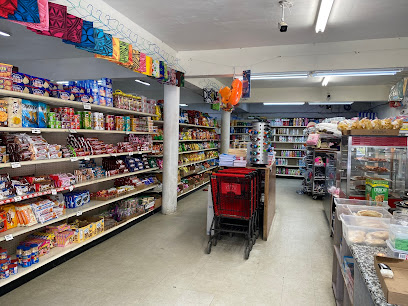
KOKOLAND STORE
Discover the heart of Tafuna at Kokoland Store, a local supermarket offering a taste of American Samoan culture through its diverse selection of goods.
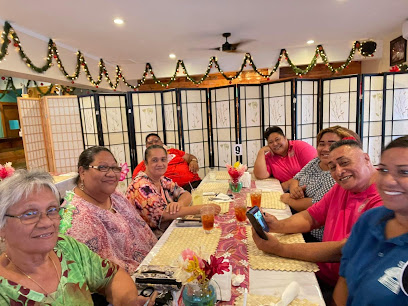
Essential bars & hidden hideouts
Tisa's Barefoot Bar
Experience the ultimate island dining at Tisa's Barefoot Bar, where fresh seafood and tropical cocktails meet breathtaking ocean views.
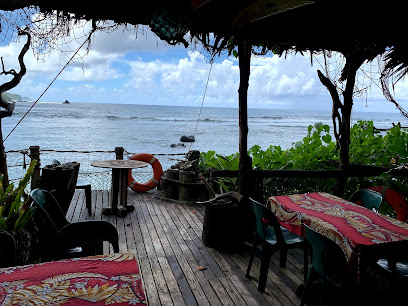
DDW Restaurant
Experience exquisite dining at DDW Restaurant in Utulei, where local flavors and stunning ocean views come together for an unforgettable meal.

Paradise Pizza
Experience the best pizza in Pago Pago at Paradise Pizza, where fresh ingredients meet local flavors in a welcoming atmosphere.
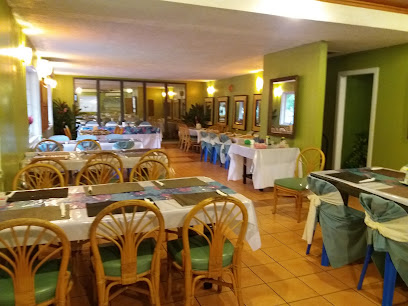
Cecilias Restaurant & Bar
Experience the vibrant flavors of Samoa at Cecilias Restaurant & Bar, a culinary haven in Pago Pago, offering local delicacies and stunning Pacific views.
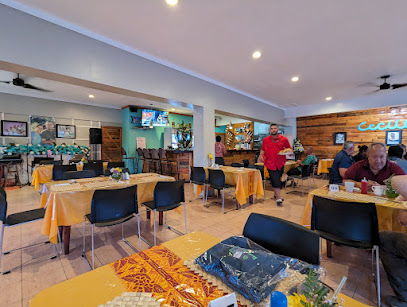
Oasis
Discover the flavors of Korea at Oasis in Tafuna, where traditional cuisine meets a cozy dining atmosphere.
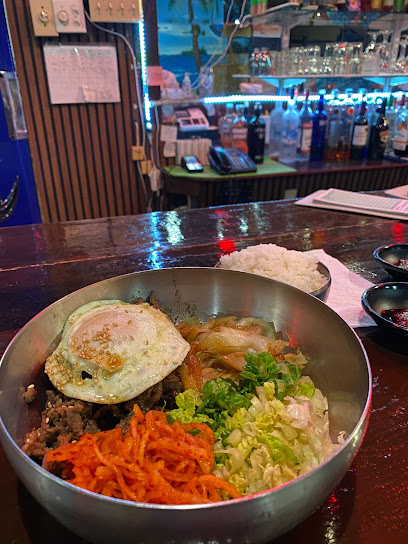
Flying Fox Gastropub
Experience the unique flavors of American Samoa at Flying Fox Gastropub, where culinary creativity meets local hospitality.
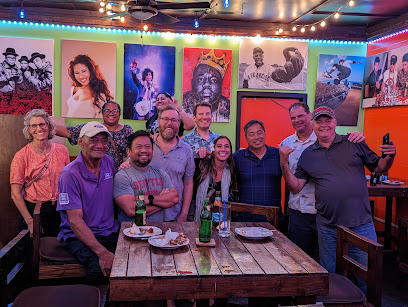
Paradise Bar & Grill
Experience the tropical charm and vibrant flavors at Paradise Bar & Grill in Nu'uuli, the ultimate spot for relaxation and stunning sunset views.

A&E Cafe
Discover the heart of Tafuna at A&E Cafe, where local flavors come alive in a cozy atmosphere perfect for breakfast or lunch.
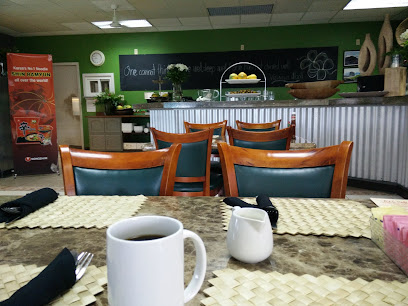
Goat Island Cafe
Explore the culinary delights of Goat Island Cafe in Utulei, where local flavors meet island charm, perfect for an unforgettable dining experience.
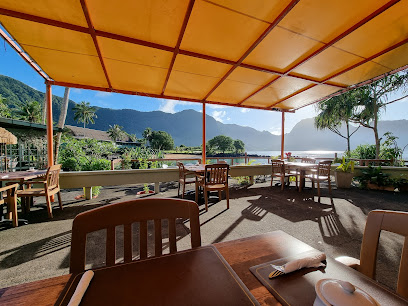
‘ai Love Boba (east)
Indulge in the ultimate bubble tea experience at ‘ai Love Boba (East) with an array of delightful flavors and tasty snacks in Leloaloa.
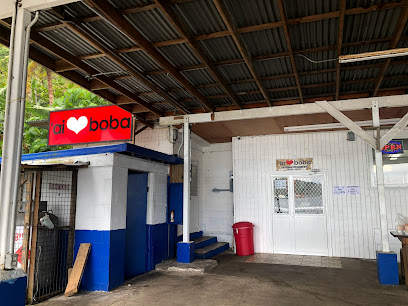
Emelio's Restaurant
Discover the flavors of Pago Pago at Emelio's Restaurant, where local cuisine meets warm island hospitality in a vibrant setting.
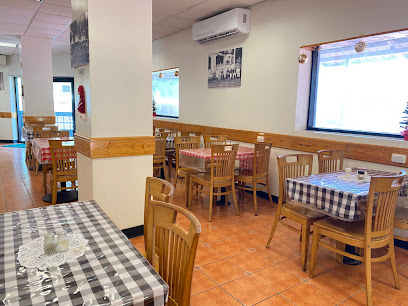
Moon Korean Restaurant
Discover the flavors of Korea at Moon Korean Restaurant in Leloaloa, where authentic dishes and warm hospitality await.
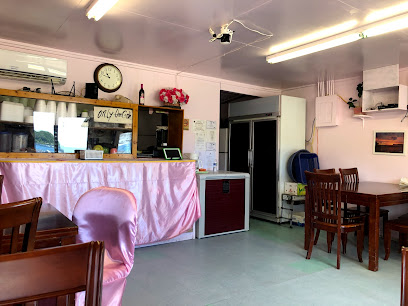
Faga'alu Restaurant
Experience the delightful fusion of authentic Vietnamese flavors and local hospitality at Faga'alu Restaurant, a must-visit culinary destination.
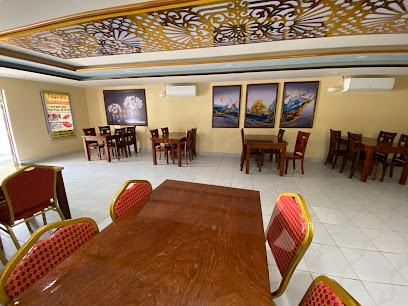
Uti’s Aiga Basket
Experience the vibrant flavors of fast food at Uti’s Aiga Basket in the scenic Matu'u region, a must-visit for every traveler.
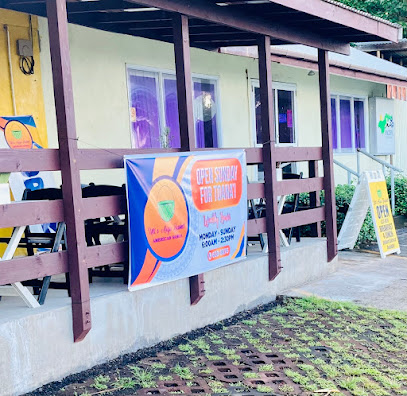
Food Bar
Discover the vibrant flavors of Tafuna at Food Bar, where fast food meets local culinary delights in a welcoming atmosphere.
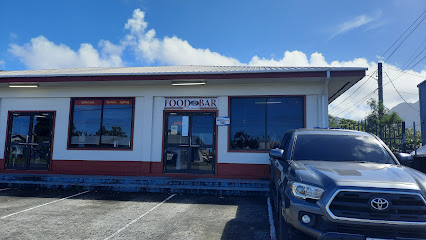
Local Phrases
-
- HelloTalofa
[Tah-loh-fah] - GoodbyeFa
[Fah] - YesIoe
[Ee-oh-eh] - NoLeai
[Leh-eye] - Please/You're welcomeFa'amalie
[Fah-ah-mah-lee-eh] - Thank youFa'afetai
[Fah-ah-feh-tie] - Excuse me/SorryTulou
[Too-loh-oo] - How are you?O a mai oe?
[Oh-ah-mah-ee-oh-eh] - Fine. And you?Lelei. O a oe?
[Leh-leh-ee. Oh-ah-eh] - Do you speak English?Ou te lea fa'ainglisi?
[Oh-oo-teh-leh-fah-ah-eeng-lee-see] - I don't understandO le a ou te malamalama
[Oh-leh-ah-oh-teh-mah-lah-mah-lah-mah]
- HelloTalofa
-
- I'd like to see the menu, pleaseOu te fia vaega i le menu, fa'amalie
[Oh-teh-fee-ah-vah-eh-gah-ee-leh-meh-noo-fah-ah-mah-lee-eh] - I don't eat meatE le ou ai ni mea
[Eh-leh-oh-oo-eye-nee-meh-ah] - Cheers!Manuia!
[Mah-noo-ee-ah] - I would like to pay, pleaseOu te fia totogi, fa'amalie
[Oh-teh-fee-ah-toh-toh-gee-fah-ah-mah-lee-eh]
- I'd like to see the menu, pleaseOu te fia vaega i le menu, fa'amalie
-
- Help!Fesoasoani!
[Feh-soh-ah-soh-ah-nee] - Go away!Alu i le auala!
[Ah-loo-ee-leh-ah-oo-ah-lah] - Call the Police!Faaofi le Polisi!
[Fah-ah-oh-fee-leh-poh-lee-see] - Call a doctor!Faaofi se foma'i!
[Fah-ah-oh-fee-seh-foh-mah-ee] - I'm lostUa ou taulima
[Ooh-ah-oh-oo-tah-oo-lee-mah] - I'm illUa ou mativa
[Ooh-ah-oh-oo-mah-tee-vah]
- Help!Fesoasoani!
-
- I'd like to buy...Ou te fia faatau...
[Oh-teh-fee-ah-fah-ah-tah-oo] - I'm just lookingOu te le taliina
[Oh-teh-leh-tah-lee-ee-nah] - How much is it?E fia le tau?
[Eh-fee-ah-leh-tah-oo] - That's too expensiveO lelei le tau
[Oh-leh-ley-leh-tah-oo] - Can you lower the price?E te faauma le tau?
[Eh-teh-fah-ah-oo-mah-leh-tah-oo]
- I'd like to buy...Ou te fia faatau...
-
- What time is it?O le a le taimi?
[Oh-leh-ah-leh-tah-ee-mee] - It's one o'clockO le tasi i le tasi
[Oh-leh-tah-see-ee-leh-tah-see] - Half past (10)I le mavae (ese)
[Ee-leh-mah-vah-eh] - MorningTaeao
[Tah-eh-ah-oh] - AfternoonAfiafi
[Ah-fee-ah-fee] - EveningAso
[Ah-soh] - YesterdayAnanafi
[Ah-nah-nah-fee] - TodayA le aso nei
[Ah-leh-ah-soh-nay-ee] - TomorrowAso ma le lagi
[Ah-soh-mah-leh-lah-gee] - 1Tasi
[Tah-see] - 2Lua
[Loo-ah] - 3Tolu
[Toh-loo] - 4Fa
[Fah] - 5Lima
[Lee-mah] - 6Ono
[Oh-no] - 7Fitu
[Fee-too] - 8Valu
[Vah-loo] - 9Iva
[Ee-vah] - 10Sefulu
[Seh-foo-loo]
- What time is it?O le a le taimi?
-
- Where's a/the...?O fea le...
[Oh-feh-ah-leh] - What's the address?O le tusi tupe?
[Oh-leh-too-see-too-peh] - Can you show me (on the map)?E te fesoasoani mai ia te a'u (i le mapa)?
[Eh-teh-feh-soh-ah-soh-ah-nee-mah-ee-ee-ah-teh-ah-oo-ee-leh-mah-pah] - When's the next (bus)?O le a le taimi e ao ai le susu?
[Oh-leh-ah-leh-tah-ee-mee-eh-ah-oh-ah-ee-leh-soo-soo] - A ticket (to ....)Se lipoti (i le...)
[Seh-lee-poh-tee-ee-leh]
- Where's a/the...?O fea le...
History of Aua
-
Aua, located on the island of Tutuila in American Samoa, is one of the oldest villages in the region. The area has been inhabited for over a thousand years by the Samoan people, who are believed to have migrated from Southeast Asia and Polynesia. The village of Aua was strategically positioned along the coast, providing its inhabitants with rich fishing grounds and fertile lands for agriculture.
-
The first significant European contact with Aua occurred in the 18th century when European explorers and traders began to arrive in the Samoan islands. In the late 1830s, Christian missionaries from the London Missionary Society arrived in Aua, bringing with them new religious beliefs, education, and Western customs. The introduction of Christianity had a profound impact on the social and cultural fabric of the village, leading to the establishment of churches and schools.
-
In 1899, following the Second Samoan Civil War, the Treaty of Berlin was signed, which divided the Samoan islands between Germany and the United States. Aua, along with the rest of Tutuila, became part of American Samoa, a territory of the United States. This marked the beginning of significant political and infrastructural changes in the village, including the construction of roads, schools, and health facilities by the U.S. government.
-
During World War II, Aua and the rest of American Samoa played a crucial role as a strategic military base in the Pacific theater. The U.S. military presence brought economic growth and modernization to the village. Infrastructure improvements, such as the expansion of roads and the development of the Pago Pago Harbor, were undertaken to support military operations. Many locals were employed by the military, and the village saw an influx of soldiers and military personnel.
-
In the decades following World War II, Aua experienced a period of cultural revitalization, as efforts were made to preserve and promote traditional Samoan customs and practices. The establishment of cultural centers and the organization of traditional ceremonies helped reinforce the village's cultural identity. Today, Aua is a vibrant community that harmoniously blends its rich cultural heritage with modern influences. The village is known for its warm hospitality, beautiful landscapes, and commitment to preserving its historical legacy.
Aua Essentials
-
Aua is located on the island of Tutuila in American Samoa. The nearest airport is Pago Pago International Airport (PPG), located about 12 kilometers away. From the airport, you can take a taxi or a shuttle service to Aua, which typically takes around 20 minutes by road. Alternatively, car rental services are available at the airport for those who prefer to drive themselves.
-
Aua is a small village and many attractions are within walking distance. For longer trips, local buses, known as 'aiga buses,' are readily available and provide an affordable way to get around. Taxis are also available but may be more expensive. Renting a car can be a convenient option for exploring the island at your own pace. Be aware that driving is on the right-hand side of the road in American Samoa.
-
The official currency in American Samoa is the US Dollar (USD). Credit cards are accepted in larger hotels, restaurants, and shops, but it is advisable to carry cash, especially in smaller establishments and rural areas. ATMs are available in Pago Pago, but it is wise to withdraw sufficient cash before heading to Aua to ensure you have enough funds.
-
Aua is generally a safe destination for tourists. However, like any travel destination, it is advisable to take standard precautions. Avoid walking alone at night in unfamiliar areas and keep an eye on your belongings in crowded places. While there are no specific high-crime areas targeting tourists, it is always best to stay vigilant and aware of your surroundings.
-
In case of emergency, dial 911 for immediate assistance. The local police station is located in the nearby village of Fagatogo, and medical facilities are available in Tafuna and Pago Pago. It is recommended to have travel insurance that covers medical emergencies. For minor health issues, there are pharmacies in Pago Pago where you can purchase over-the-counter medications.
-
Fashion: Do dress modestly, especially when visiting religious sites. Avoid wearing revealing clothing. Religion: Do respect local customs and traditions. Always cover your head when entering churches. Public Transport: Do be respectful and give up your seat to elderly passengers. Don't eat or drink on public transport. Greetings: Do greet people with a smile and a slight nod. A handshake is also common. Eating & Drinking: Do try local delicacies and accept food offerings graciously. Don't refuse hospitality, as it is considered impolite.
-
To experience Aua like a local, visit the local markets where you can buy fresh produce and traditional Samoan goods. Engage with locals, as they are often friendly and willing to share stories about the village's history and culture. Don't miss visiting the nearby Tisa's Barefoot Bar, a popular spot among locals and tourists alike. For a unique experience, take a hike to the nearby Rainmaker Mountain for breathtaking views of the island.
Trending Landmark in Aua
-
Papaseea Sliding Rocks
-
KS Mart
-
Laufou Shopping Center
-
National Park of American Samoa
-
Tisa's Barefoot Bar
-
DDW Restaurant
-
National Park of American Samoa Visitor Center
-
Pritchard's Bakery
-
Milovales Burgers and Fish & Chips
-
T J D - Pho Vietnamese Restaurant
-
Veterans Memorial Stadium
-
American Samoa Visitors Bureau (ASVB)
-
Moana O Sina
-
Jean P Haydon Museum
-
Sadies Thompson Inn
Nearby Cities to Aua
-
Things To Do in Fagatogo
-
Things To Do in Pago Pago
-
Things To Do in Tafuna
-
Things To Do in Leone
-
Things To Do in Lalomanu
-
Things To Do in Apia
-
Things To Do in Mulifanua
-
Things To Do in Salelologa
-
Things To Do in Savai'i
-
Things To Do in Fagamalo
-
Things To Do in Manase
-
Things To Do in Asau
-
Things To Do in Falealupo
-
Things To Do in Ha'ano
-
Things To Do in Foa




